Netgear Orbi RBK40 review: Four times as fast as Google Wifi
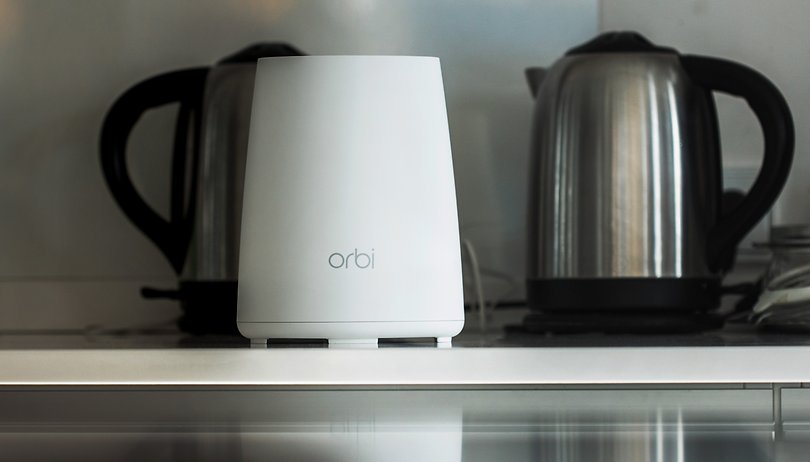

More and more router manufacturers are introducing powerful new devices and systems to ensure reliable Wi-Fi connections for the smart home devices you might already have. AVM is equipping its existing and new hardware with mesh net functionality. Google Wifi is a hit. And even Netgear is now presenting new multi-component solutions like the Orbi RBK40. Here we’ll find out if it’s worth the price tag.
- Google Wifi: Here to cover every corner of your home network
- Protect your smart home by securing your Wi-Fi network
Good
- Top performance, even across longer distances
- Meshnet-capable
- Easily expandable
- Simple setup
Bad
- Steep price
- No modem
Netgear Orbi RBK40 release date and price
Available since November 2016, the RBK40 now goes for as low as $289 on Amazon as a set that consists of a premium router that is connected via ethernet to a modem and a satellite that wirelessly communicates with the router. Both parts offer 3 or 4GB LAN connections and Wi-Fi.
The RBK30 is the lower-cost alternative to the RBK40, and its satellite, the RBW30 comes as a wall plug. It offers the same Wi-Fi features as the RBS40, but does not have any LAN ports.
As soon as you get your hands on the RBR40 router, you can also expand the network with individual components that can easily be integrated into the existing network. Using the RBK40 starter kit has proven that setup is a breeze, although the Netgear expansion components are quite expensive compared to products from the competition.
Netgear Orbi RBK40 design and build quality
The days of ugly Wi-Fi hardware are over. While your modem can conspicuously hide in the shelf with its blinking LEDs, in 2017 your Wi-Fi router should share visual coherence with your other devices like smartphones, smart home hardware, tablets, the refrigerator or the Amazon Echo Dot.
Netgear is finally dabbling in sleek design. Its Orbi devices have no corners or flashing LEDs, and are velvety smooth to the touch. Its design is elegantly vertical, and you’re not supposed to either lay it down or hang it on the wall. The latter is actually hard to accomplish due to a lack of hooks or eyelets.
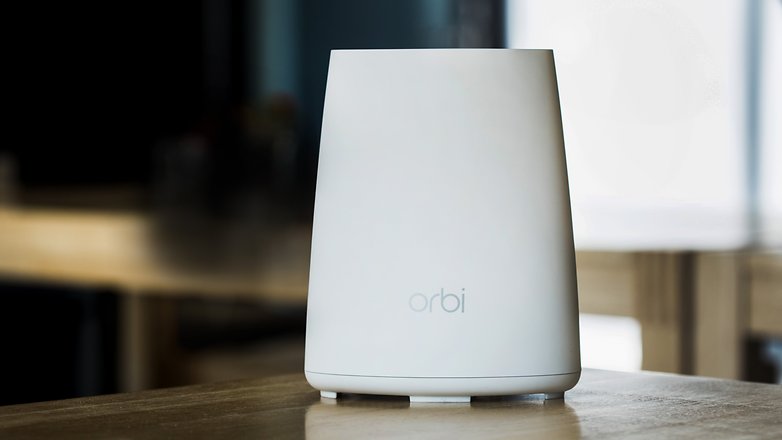
All buttons and cables are located on the rear bottom, and both the router and satellite can be conveniently powered off. The physical sync button is used to set up the pairing of the mesh components, and afterwards serves as the WPS push button, with which Android smartphones can quickly connect to the Netgear Wi-Fi without entering the Wi-Fi password.
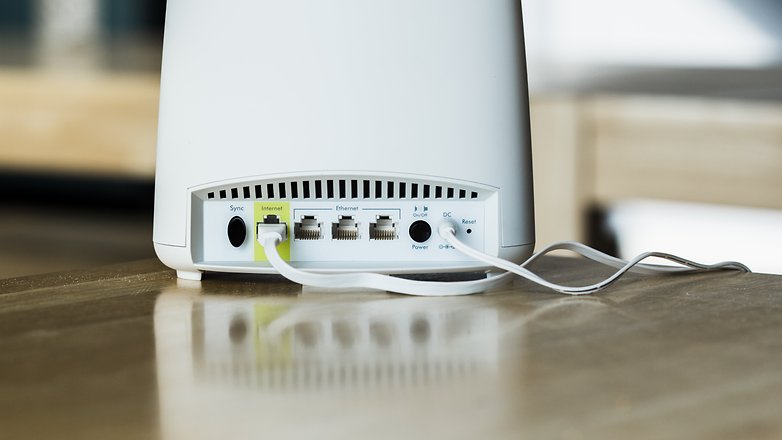
Unlike with Google Wifi, not all Netgear components are the same. There is a central router and only this can be connected to the color-coded WAN port on the modem. In our RBS40 review, the satellites only provided LAN ports for local clients such as televisions, computers or gaming consoles.

Instead having the LEDs on the front, Netgear uses a hidden LED strip that blinks and indirectly shines through a gap inside the Orbi. As we know, the word orb means a circular object, so it’s clear the product name is derived from this light ring. Its colors indicate the connection status and the signal strength. If everything is hunky dory, then the LED just powers off completely.
Netgear Orbi RBK40 software
To configure the router and its satellites, Netgear uses both a conventional web interface and a simplified smartphone app. Both are protected by the same username-password combination and are only accessible from the main network (not the guest network and not externally).
Since the router can handle all the basic configuration steps, even without manual configuration, the app will provide a sufficient range of functionality for most. With the web interface, you have access to more details like NAT configuration and logging for troubleshooting.
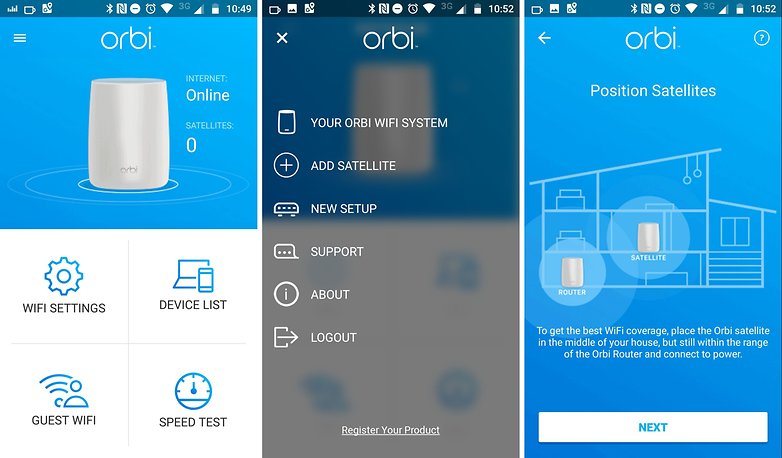
The Orbi app already handles important basic functions for expanding, controlling and setting up your network. You can list clients, cut off internet access for individual devices and measure the speed of your internet connection through the router.
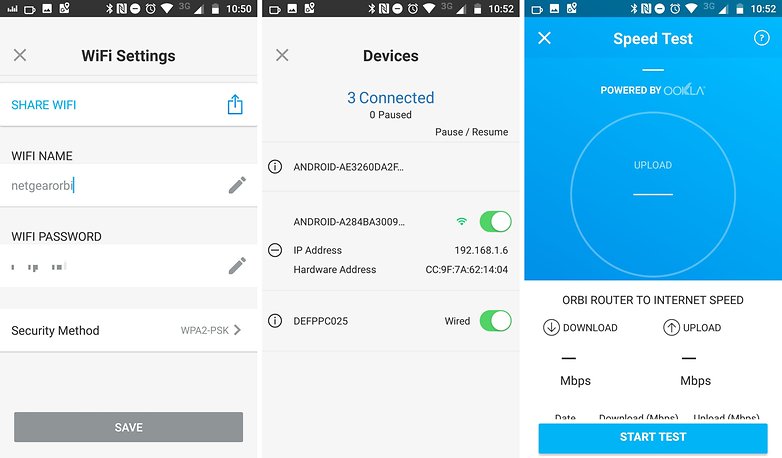
Furthermore, you can change the Wi-Fi password, open guest access and monitor the state of your mesh system. Unlike Google Wifi, however, the Orbi app lacks the ability to monitor the signal quality between the Wi-Fi points. Even a positioning aid for the satellites, like the one found in the Devolo app, would have been appropriate here, but that can still change.
Netgear Orbi RBK40 performance
Since Google also gave us their Wi-Fi devices to review, we figured we should pit it against Netgear’s Orbi. The setup was as follows: Both the Netgear Orbi RBR40 and Google Wi-Fi routers were placed in the middle of a desk and were connected to ethernet via a cable. We placed satellites for each about ten meters apart downstairs in our kitchen a floor below. Then we measured the connections’ speed and strength with a OnePlus 5, whose Snapdragon 835 sports one of the fastest mobile Wi-Fi capabilities.
The initial tests were taken right through the respective routers, then we put the smartphone in airplane mode and walked over to each satellite in the kitchen. Afterwards, we re-connected to the Wi-Fi that beams over the satellite and, for verification purposes, we measured the distance to the router at the same place.
Netgear Orbi RBK40 Speed test
| Download | Upload | Ping | |
|---|---|---|---|
| At router: RBR40 | 372,9 | 195,3 | 15 |
| At router: Google Wifi | 93,2 | 97,2 | 14 |
| At Satellite: RBS40 | 141,3 | 144,1 | 16 |
| At Satellite: Google Wifi | 28,3 | 45,9 | 18 |
| Connection test below in the Kitchen, RBR40 | 42,9 | 16,4 | 14 |
| Connection test below in the Kitchen, Google Wifi | 15,3 | 26,7 | 15 |
All values in Mbit/s
Netgear clearly beats Google Wi-Fi and would be a worthwhile investment if you...
- Have an internet connection greater than 50 Mbit/s
- Often transfer large amounts of data on your home network
- Have a lot of users that you wish to centrally administrate
It is also worth noting than even the connection from the satellite sends your high-speed internet connection all the way to the other side of your house at speeds far greater than 100 Mbit/s. How does it work? On request, we received a dedicated explanation of the Netgear network design:
Routers and satellites communicate via a dedicated band with 802.11ac AC2200. One 5GHz band of the Orbi’s tri-band technology is solely used for communication between the router and satellite. A firmware update even gives it daisy-chain functionality with which you can cascade several satellites so one connection to the router is no longer necessary for the second, third, fourth, etc. satellite. In other words: The Netgear network can cover everywhere from the basement to the attic without having to lay down single network cable.
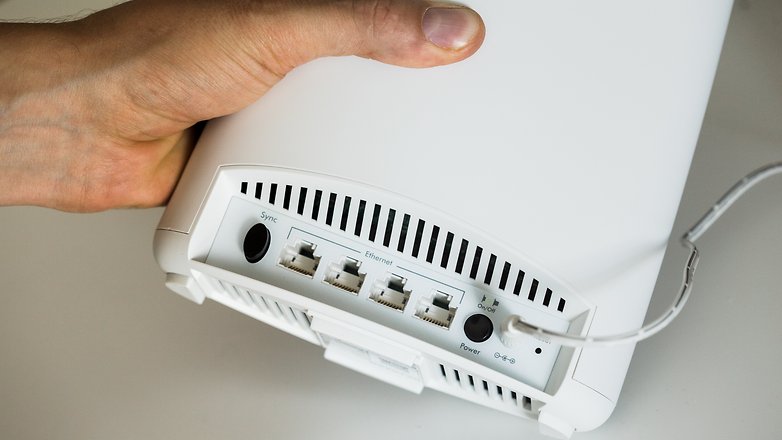
The disadvantage of this system with a dedicated band is, you guessed it: All the components only work with Netgear satellites, and they cannot be expanded endlessly such as with other hardware. So if Netgear stops providing software updates via firmware at some point, your network all of a sudden becomes vulnerable to some happy hackers.
Final verdict
The Netgear RBK40 is an expensive, but good starter set for powerful Wi-Fi. Particularly in households with internet connections greater than 50 Mbit/s, it is one of the few solutions with which you can use your internet at full speed, even in the furthest corner of your house.
But just like with Google Wi-Fi, our main gripe is that there isn’t a modem already integrated on board, which continues to give many users no alternative but to use external modems. Routers like AVM's Fritz!Boxes (with the exception of Netgear's remarkable speed) provide a comparable range of functions at the same price and can be plugged directly into your cable or telephone connection. And that’s arguably a permanently secure alternative for many.







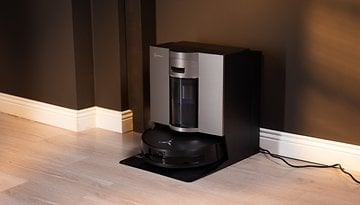
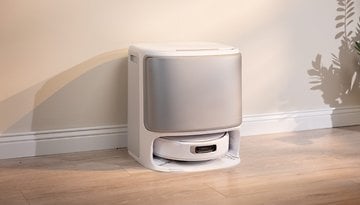

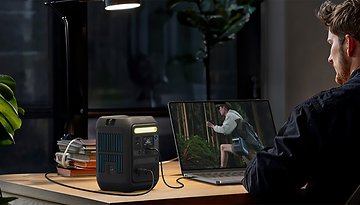
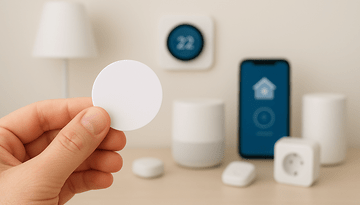
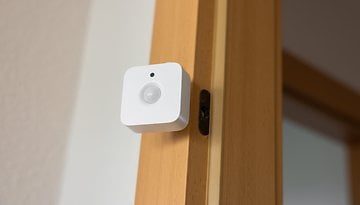


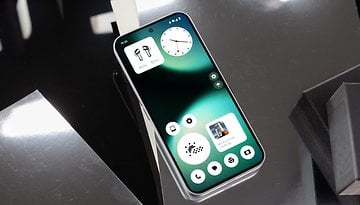





Having a router and modem in one is asking for trouble. Glad it doesn't have one.
I kinda sorta need one.....
Hey Robert :) You do, do you? Why is that?